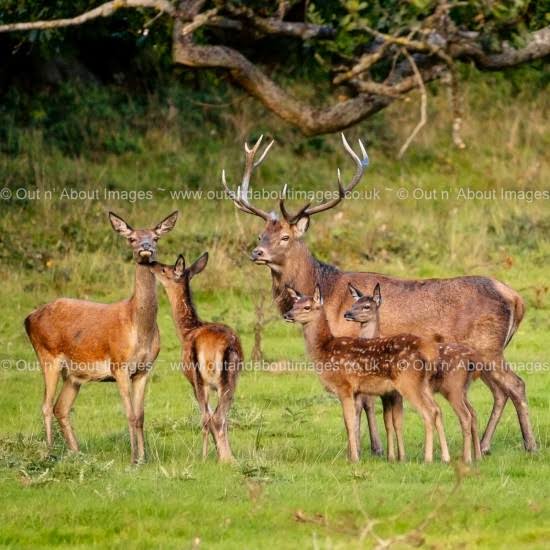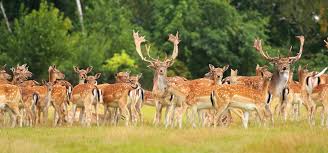
Deer are ruminants, meaning they chew cud and have a four-chambered stomach to digest tough plant material. Deer have wide-angle vision and can detect movement easily, but their color perception is limited. Some deer species can run up to 60 km/h to escape predators. They use body language, vocalizations, and scent markings to communicate.
Here are Deer Species Food Habits and facts –

- White-tailed Deer🦌🦌🦌
White tailed deer are found in North and Central America. They are herbivorous, primarily graze on grasses, shrubs, leaves, fruits, and nuts. They have a unique tail with a white underside, which they flash as a warning signal.
- Red Deer🦌🦌🦌
Red deer are found in Europe, Asia, and North Africa. They grazes on grasses, heather, and tree shoots. They are one of the largest deer species, males are known for their majestic antlers.
- Sambar Deer🦌🦌🦌
Sambar Deer are found in South and Southeast Asia. They browses on leaves, fruits, and herbs. They often hunted by tigers and leopards in the wild.
- Roe Deer🦌🦌🦌
Roe deer are found in Europe and Asia. They prefers tender leaves, grasses, and young shoots. They are known for their small, delicate build and distinctive bark-like call.
- Mule Deer🦌🦌🦌
Mule deer are found in Western North America. They eats shrubs, grasses, and cacti. They are named for their large, mule-like ears.
- Axis Deer 🦌🦌🦌
Axis deer are found in Indian subcontinent. They feeds on grass, fruits, and tree bark. They are known for their striking spotted coat.
- Elk🦌🦌🦌
Elk are found in North America and Eastern Asia. They grazes on grass, leaves, and tree bark. Elk are highly social and live in large herds.
- Moose🦌🦌🦌
Moose are found in Northern Hemisphere North America, Europe, and Asia. They eats aquatic plants, shrubs, and tree bark. The largest deer species, moose are excellent swimmers.
- Père David’s Deer🦌🦌🦌
Pere David’s deer are native to China. They feeds on grasses and aquatic plants. They are known as “sibuxiang,” meaning “like none of the four” due to its unique features.
